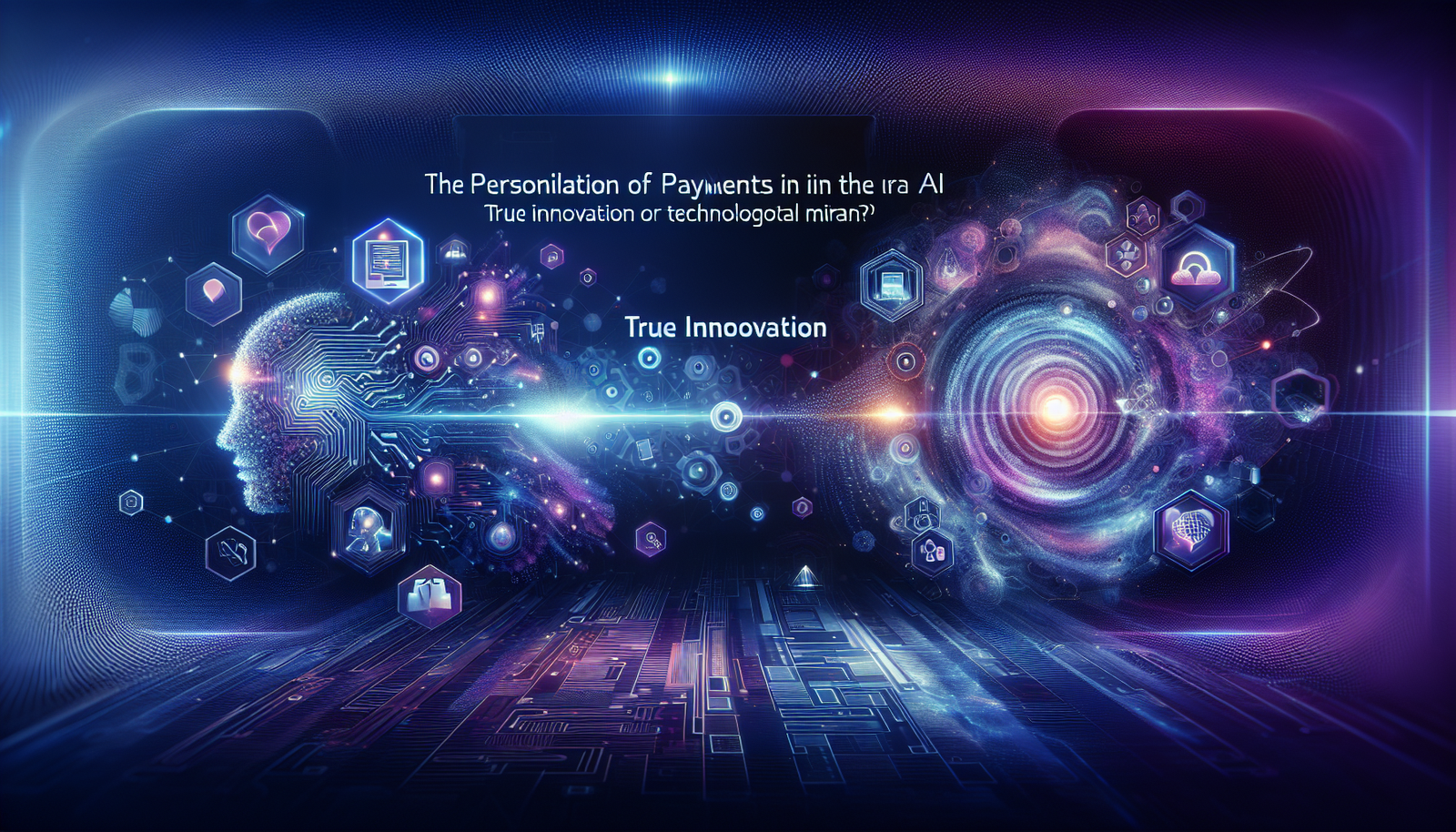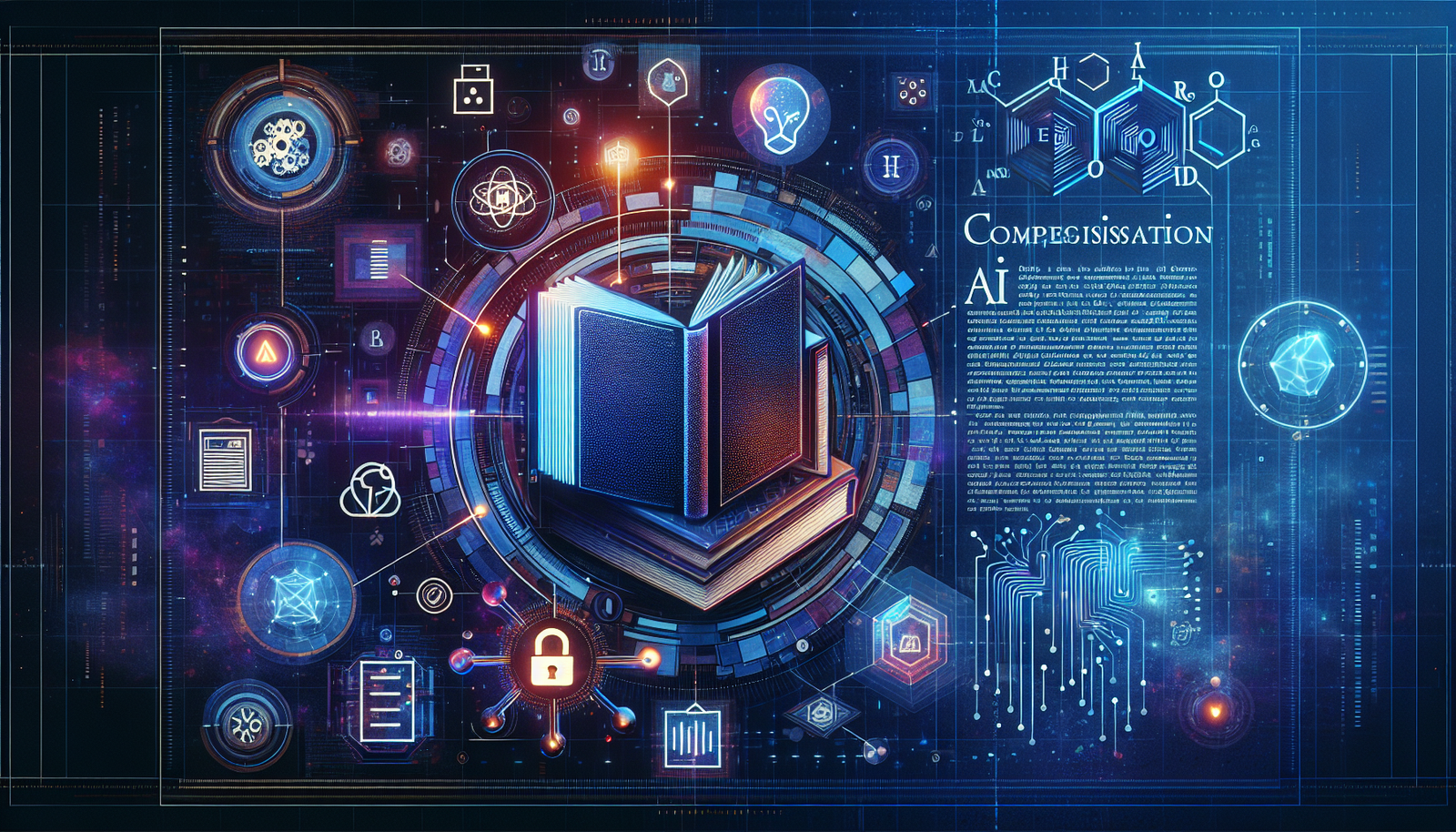Payment customization in the era of AI raises thorny questions. What challenges affect this celebrated yet often contested technological evolution? The integration of artificial intelligence promises a radical transformation in financial interactions.
Should businesses embrace this change or fear a technological mirage?
*Payment customization* represents a powerful lever for customer loyalty. New technologies aim to increase engagement through tailored solutions. *Security and trust* also become essential in this conversation, as the protection of personal data raises growing concerns.
Every actor in the sector must assess the real benefits and potential risks.
The foundations of payment customization
Payment customization relies on sophisticated algorithms capable of analyzing customer behaviors and preferences. With the rise of artificial intelligence, it becomes realistic to offer payment options tailored to the specific needs of each consumer. This phenomenon transforms the landscape of financial transactions, introducing more flexible payment methods and bespoke loyalty programs.
Impact of AI technologies on the financial sector
The introduction of AI in the payment sector leads to a significant evolution of current practices. From fraud detection systems to chatbots, each application aims to enhance security and user experience. The integration of these technologies requires a thorough understanding of the associated risks, as well as particular attention to ethical issues.
Exemplary use cases
Leading companies are leveraging AI to achieve remarkable advances in payment customization. Adjusted credit offerings and tailored financing options illustrate how data-driven decisions enhance customer satisfaction and loyalty.
The interplay between behavioral data and advanced analytical tools also enables anticipating future needs. Innovative financial services are emerging thanks to this synergy, heralding a continuous transformation of consumer expectations.
Challenges and difficulties to overcome
Despite the promising benefits, the integration of AI in payments raises questions. The lack of transparency and the explainability of algorithmic decisions represent major challenges. Without an adequate governance framework, potential abuses could emerge, hindering the sustainable development of these technologies.
Consumer perception of these changes
Consumers experience ambivalent feelings regarding payment automation. The quest for an optimal customer experience sometimes clashes with reluctance towards a personalization deemed intrusive. Expectations vary according to market segments, complicating the harmonization of marketing approaches.
Future of payment customization
Research on the potential of Generative AI promises to further intensify this customization. Advanced models allow for refining the understanding of customer expectations, thus initiating a new era for financial service offerings. The evolution of payment systems embraces unexplored horizons, integrating elements such as biometrics and emotional AI to enrich client interaction.
As the banking sector explores these avenues, the need for a balance between innovation and security remains paramount. With AI shaping the future of financial transactions, the challenge will be to ensure that this transformation occurs within an ethical and responsible framework.
Frequently asked questions about payment customization in the era of AI
What are the main innovations brought by AI in payment customization?
AI enables the provision of personalized payment options based on customer preferences, such as flexible payments, tailored financing options, and bespoke loyalty programs, thereby enhancing user experience.
How does AI ensure security in personalized payments?
Artificial intelligence improves fraud detection by analyzing user behaviors and identifying anomalies, which strengthens transaction security and minimizes fraud risks.
What are the challenges of payment customization through AI?
Challenges include algorithm transparency, the need to explain algorithmic decisions, and protection of user data, which are crucial for building consumer trust.
How can payment customization enhance customer engagement?
A personalized customer experience has the potential to increase engagement as it specifically addresses individual consumer needs, boosting their satisfaction and loyalty.
Can the use of AI create inequalities in access to payment services?
Yes, there is a risk that certain AI-based customization technologies may be less accessible to certain populations, particularly less tech-savvy users or those without internet access.
How does AI influence the development of customer loyalty strategies?
Through analyzing consumer data, AI enables the creation of tailored loyalty programs that address specific customer interests, making loyalty strategies more effective.
Can we consider payment customization as real progress or a technological mirage?
Although AI offers real advancements in payment customization, it is important to keep in mind the limitations and challenges associated, prompting reflection on whether these transformations are sustainable and beneficial.
What is the importance of data in the payment customization process?
Data is essential as it allows AI systems to understand users’ preferences and behaviors, which is crucial for creating tailored and relevant payment offers.
How can companies integrate AI into their payment processes?
Companies can integrate AI by investing in analytics software, AI-driven payment processing systems, and training their staff to understand and utilize these technologies.





